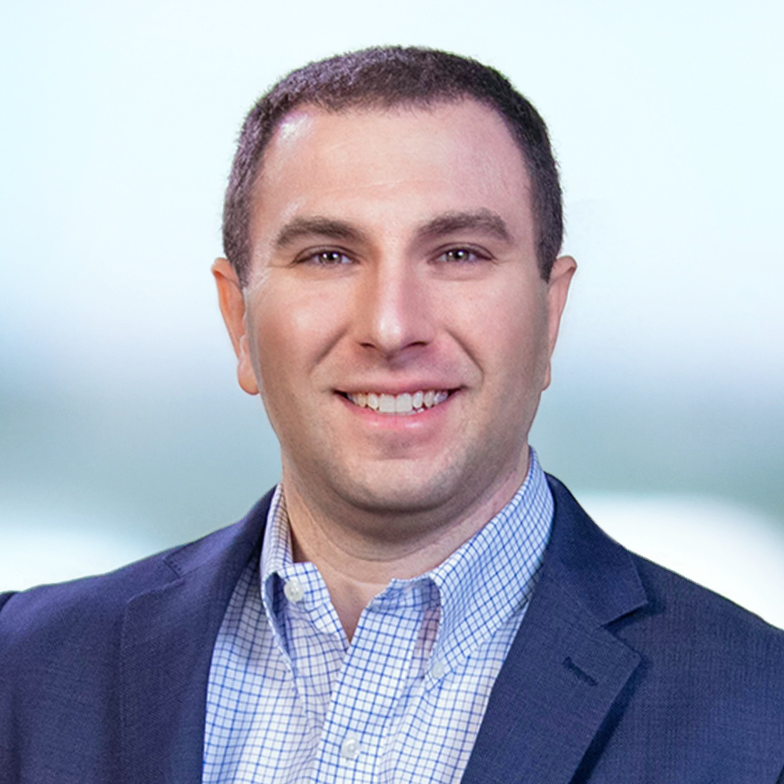Social Media and Disasters
/The fast-paced spread of social media has left organizations and industries in catch-up mode to figure out ways to harness social media to their advantage. Social Media has taken the world by storm over the past few years with the proliferation of applications like Twitter, Facebook, Foursquare and MySpace. Mobile applications have further enabled the adoption rate of these tools like wildfire...in other words, they have become viral, just like a public health disease spreading upon contact, but in a good way. Controlling them is not an option; but working with them is.
Amtrak's Northeast Corridor recently experienced a large outage as commuters were about to start their commutes home via Amtrak and commuter rail lines, stranding many travelers. The most frustrating aspect was the lack of communication by Amtrak via appropriate channels.
The crucial mistake Amtrak made was limiting information dissemination and communication to mass media, referring to television and radio. However, commuters don't typically watch television or listen to the radio while at work. Nor do they always check the print media websites before leaving work. In fact, most commuters only have access to their cell phones and smart phones filled with applications for Facebook, Twitter, and other platforms that they are checking on their way to the train station.
The world is also transitioning, which makes disaster management and public information even more challenging. The younger generation is tech savvy and does not typically gain information through Mass Media; the older generation still relies on Mass Media for information and doesn't typically use the Internet as much. Organizations must consider both groups of people when developing their social media strategy. A media strategy should incorporate mass media, social media, news media, etc.
How has a comprehensive media strategy helped your organization?
